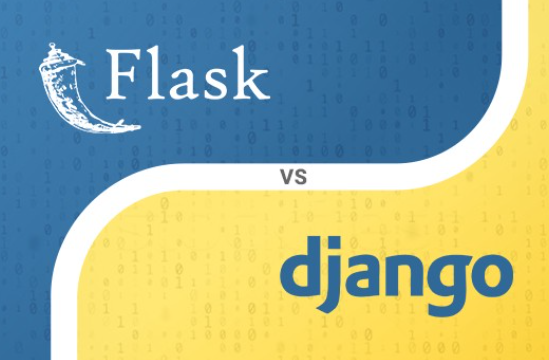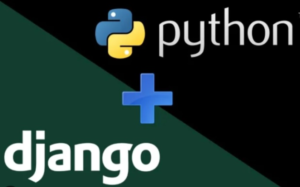When it comes to web development with Python, two popular frameworks are Flask and Django. Both frameworks have their own strengths and are suitable for different types of projects. Let’s compare Flask and Django to help you choose the right framework for your web development needs:
Flask:
- Lightweight and Minimalistic: Flask is a lightweight microframework that provides a minimalistic approach to web development. It gives you more flexibility and control over the project structure and allows you to choose the libraries and components you need.
- Easy to Learn and Use: Flask has a simpler learning curve compared to Django. It provides a straightforward and intuitive API, making it easier for beginners to get started with web development.
- Modular and Flexible: Flask follows a modular design, allowing you to add only the required components and extensions to your project. This flexibility is beneficial when working on small to medium-sized projects or when you want more control over the project structure.
- Well-suited for Small Projects and APIs: Flask is often preferred for small projects, prototypes, and building APIs. It is commonly used for creating lightweight web applications that require a quick setup and customization.
Django:
- Batteries Included: Django is a full-featured framework that includes many built-in features and functionalities, such as an ORM (Object-Relational Mapper), authentication, admin interface, and forms. It provides a comprehensive set of tools and libraries, reducing the need to integrate external components.
- Rapid Development: Django follows the principle of “don’t repeat yourself” (DRY) and emphasizes rapid development. It provides a high-level abstraction and automates many common web development tasks, making it well-suited for large and complex projects.
- Built-in Admin Interface: Django comes with a built-in admin interface that allows you to manage and update data models easily. This feature is useful when building content management systems (CMS) or applications with extensive backend administration requirements.
- Scalability and Security: Django is designed to handle high-traffic websites and complex web applications. It provides features like caching, security measures, and scalability options out of the box, making it a robust choice for large-scale projects.
Choosing between Flask and Django depends on the specific requirements of your project. If you prefer a lightweight and flexible framework for smaller projects or APIs, Flask might be a good fit. On the other hand, if you need a comprehensive and feature-rich framework for larger projects or those requiring rapid development, Django offers many pre-built components and a structured approach.
It’s worth noting that both Flask and Django have active communities and extensive documentation, making it easier to find resources and support for your development journey. Consider your project’s scope, complexity, development timeline, and your personal preferences when deciding between Flask and Django.




